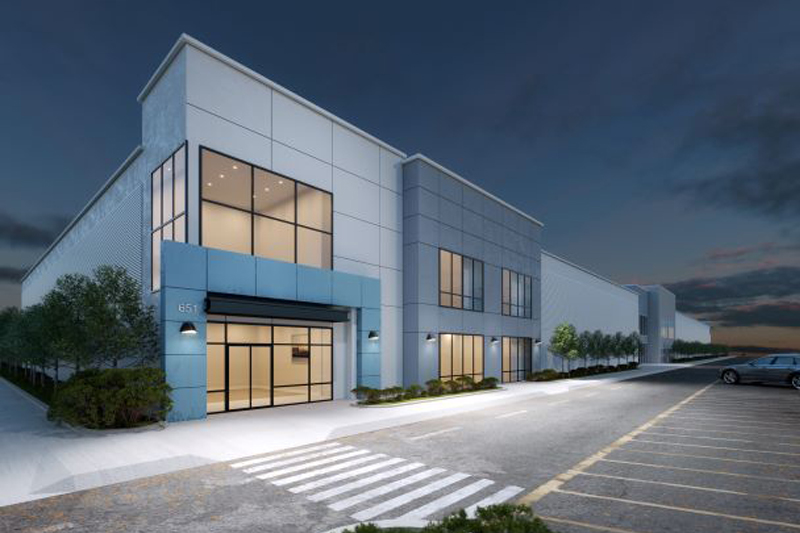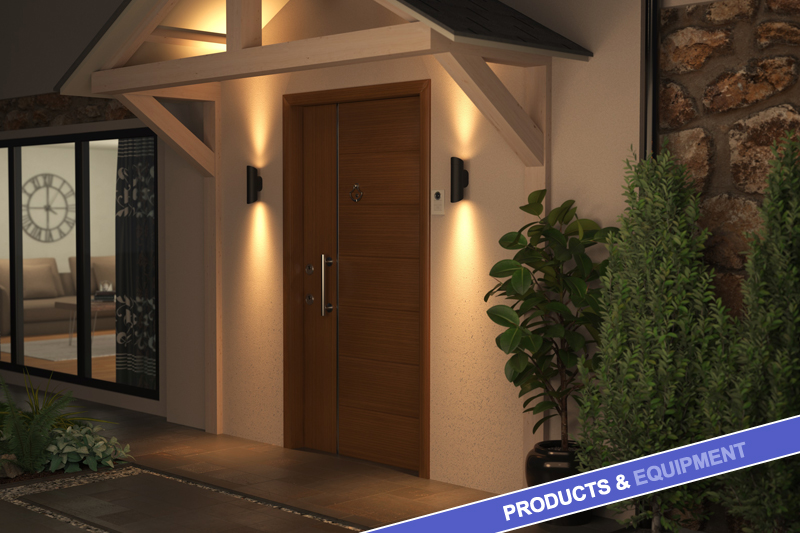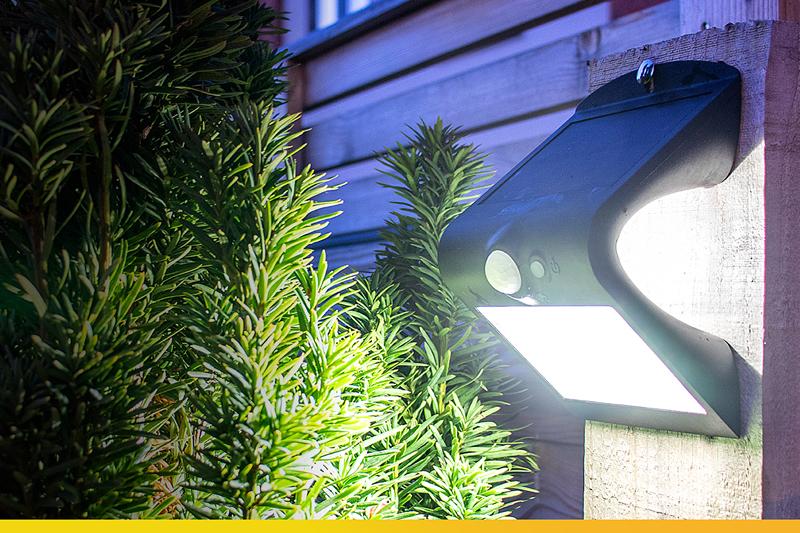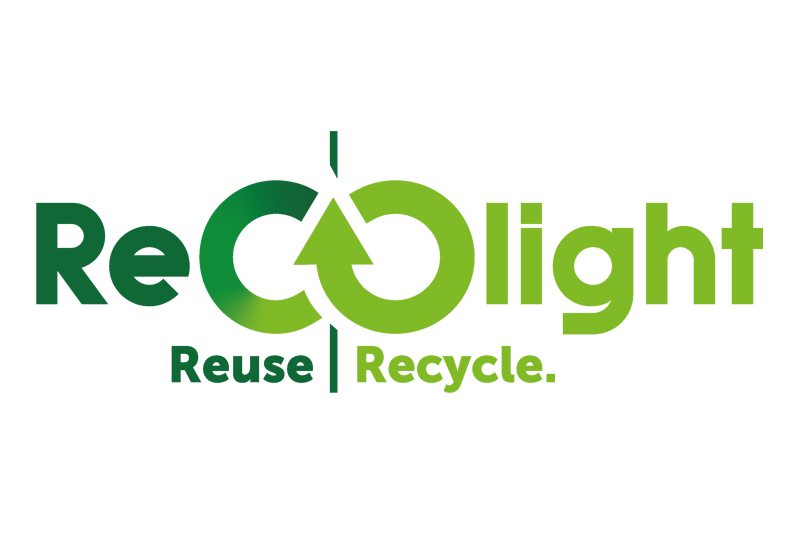Light pollution is a huge issue across the globe, affecting ecosystems, human health, the environment and astronomical study. Lighting designer, Chris Anderson from Ansell Lighting, explores this issue in more detail, highlighting how wholesalers can support the industry to turn this problem around.
Light pollution is a significant problem in countries throughout the world with approximately eight out of 10 people now living under light-polluted night sky. The result of excessive, overly bright, ineffectively shielded and badly directed outdoor lighting, it is causing a wealth of issues to the world around us.
Negative impact
Disturbing ecosystems and wildlife, light pollution is interfering with natural behaviours – especially amongst nocturnal species, who rely on natural darkness for hunting and navigating. Light pollution is also making observation of the stars and planets difficult as it obscures visibility and the natural beauty of the night sky.
It is also having an adverse effect on human health, and has been linked to disruptions in circadian rhythms, hormonal imbalances, and an increased risk of chronic conditions such as obesity, diabetes, and certain cancers.
Excessive and misdirected outdoor lighting can also create glare, which can be especially problematic for drivers, pedestrians, and cyclists, increasing the risk of accidents and decreasing overall safety. Light pollution is also readily contributing to climate change, with excessive and unnecessary amounts of energy being used to power installations across the globe.
Tackling the issue
Whilst one solution would be to simply switch the lights out at night, outdoor lighting is something most civilisations cannot live without. Essential for safety, security, work and recreation during hours of darkness, without it many other significant problems would impact society.
Instead, the lighting industry – including every group from manufacturers to wholesalers, designers and installers – must focus on clever design and implementation to combat the issue.
Many manufacturers, including we, have already committed to ensuring new product designs are developed with light pollution in mind. Collaborating with the Dark Sky Association (IDA) manufacturers are following stringent guidelines to ensure that all new innovations are dark-sky friendly, designing luminaires that are fully shielded and emit minimal amounts of blue light and glare in the night time environment.
To recognise the efforts being made, the IDA has even developed the Fixture Seal of Approval programme, a product accreditation scheme which acknowledges responsible product design and manufacturing.
To support efforts to reduce light pollution, wholesalers should look out for products with this accreditation when selecting outdoor ranges to stock. Increasing the availability of these items will ensure their use is more widespread – supporting moves to tackle light pollution.
Educating installers on the problems caused by light pollution and how to avoid it is also hugely important. Working together, wholesalers and manufacturers can support installers to recognise the issues at hand and the simple changes that can be made to cut light pollution. This process should begin with the commonly recognised ‘Dark Sky Design’ best practice design principles.
The five principles
There are a total of five principles that installers and lighting designers should follow and consider to protect the night sky when designing and installing outdoor lighting. The first is that light should be USEFUL. It should have a clear purpose and benefit, and installers should be encouraged to consider whether individual luminaires are actually needed. Thought should also be given to how the fitting will impact the specific area and whether it will have a negative impact on any wildlife in the local environment.
The second principal is that light should be TARGETED; illuminating only the area needed and not impacting on neighbouring spaces. The third principle specifies that illumination should be at a LOW LEVEL, providing only the desired level of illuminance and nothing more. Glare and skyglow should also be considered within this, with installers reminded to consider the ground surface as some may reflect more light into the sky than intended.
CONTROL is the fourth principle and another important element in the design of low-polluting lighting installations. Systems should be completely controllable and only switched ‘on’ when they are useful. Products which have integral control, such as dimmable functionality, selectable colour temperature and selectable power function are a must as they can be set to optimise colour, performance, and energy usage. Integral electronic photocell, microwave sensor and smart options are also recommended, ensuring products are only in use exactly when they are needed.
Finally, the COLOUR of the lamps is hugely important in reducing light pollution. A warmer colour with a CCT of 3000K or less should be used as they have a lower blue-violet component.
Products
Aside from the five Dark Sky Design principals, installers also need to be made aware of the importance of careful product selection and the benefits/properties of those chosen. Alongside IDA approved products, it’s important that installers select robust luminaires with optics that combine advanced lens technology and enhanced glare control designs. These products, alongside shielded designs, will ensure a minimal amount of light is given off upward, preventing light pollution. A fixed mounting system is also advisable, helping to ensure that light is distributed in line with photometric testing.
Light pollution is a very real issue affecting our planet and it is important that action is taken immediately to reduce its negative impact. The changes required are simple and straightforward to implement but their adoption is dependent on heightening awareness of the issue and how it can be avoided. By highlighting responsible outdoor lighting practices, using shielded fixtures, implementing proper light control measures, and raising awareness about the importance of preserving natural darkness, installers can be supported to adopt responsible outdoor lighting practices and create lighting systems that reduce light pollution.
For more information, click here





